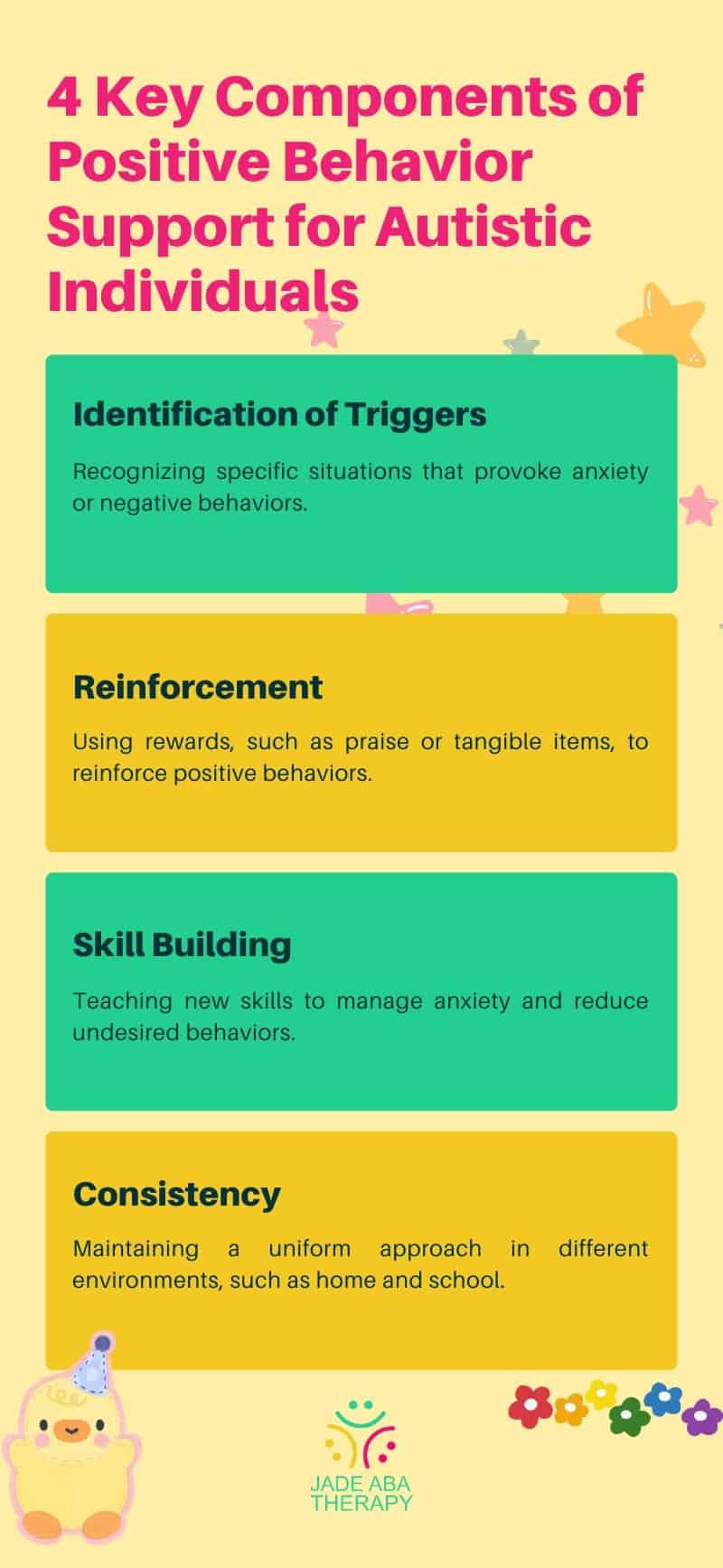Living with autism often means navigating a world that can feel overwhelming, unpredictable, and emotionally intense. When anxiety is added to the mix, the challenges can become even more complex.
That’s why developing effective coping strategies is not just helpful, but essential. Without further ado, let’s take a closer look at practical, supportive techniques that help manage anxiety while honoring the unique needs of those on the autism spectrum.
Importance of Coping Strategies for Autistic Individuals
Coping strategies play a vital role in supporting individuals with autism who also experience anxiety. These strategies can empower them to manage their emotions, navigate social situations, and improve their overall quality of life.
Coping strategies are essential for several reasons. They provide individuals with tools to handle stress and anxiety. These strategies allow individuals to express their feelings in constructive ways, reducing the risk of meltdowns or negative behaviors.
Some of the key benefits of coping strategies include:
- Emotional regulation
- Improved communication
- Enhanced social skills
- Increased independence
Coping strategies can significantly mitigate anxiety symptoms in individuals with autism. They can create a sense of control and stability by employing specific techniques tailored to their unique situations.
Implementing coping strategies alongside other supports can create a comprehensive approach for individuals with autism facing anxiety, ultimately fostering resilience and adaptability.
With that out of the way, let’s now look at the different coping strategies for autistic individuals.
Sensory Coping Strategies
Sensory coping strategies play a crucial role in supporting individuals with autism and anxiety. Understanding sensory overload and sensory seeking can help caregivers develop effective coping mechanisms.
Sensory overload occurs when an individual becomes overwhelmed by excessive sensory input. This can lead to heightened anxiety, distress, and difficulty concentrating. Conversely, some individuals may engage in sensory-seeking behaviors to fulfill their sensory needs and create a sense of balance.
Understanding the triggers of sensory overload can help caregivers implement appropriate strategies to mitigate stress. Some examples include loud noises, crowded spaces, strong smells, and bright lights.
At the same time, creating sensory-friendly environments is essential for individuals with autism. These environments can help reduce anxiety and promote a sense of calm. A sensory-friendly space should consider factors such as lighting, sound, and tactile experiences.
With the help of sensory strategies, caregivers can greatly enhance the well-being of individuals with autism and anxiety. Understanding sensory needs is vital in developing effective coping strategies for both. Exploring how these challenges intersect can offer even deeper insight—especially when considering overlapping conditions. You can learn more in our article, Is There a Connection Between Mental Health Disorders and ASD?
Communication Coping Strategies
Effective communication is crucial for individuals with autism, especially when managing anxiety. Two valuable strategies in this area are Augmentative and Alternative Communication (AAC) and the use of social stories and visual schedules.
AAC encompasses various tools and techniques that support individuals in expressing themselves, whether verbally or non-verbally.
For many individuals with autism, traditional speech may not be sufficient or comfortable. AAC methods include communication boards, speech-generating devices, and sign language. Implementing these methods can significantly reduce frustration and anxiety related to communication difficulties.
Meanwhile, social stories are personalized narratives that help individuals with autism understand and navigate social situations. These stories present scenarios and include prompts to guide behavior, reduce anxiety, and enhance social understanding.
Visual schedules assist individuals in anticipating daily activities, making transitions smoother, and reducing anxiety. These schedules utilize images or symbols to represent tasks, helping individuals visualize the order of events throughout the day.
Implementing these communication strategies can empower individuals with autism to express themselves more effectively and understand the world around them, thereby supporting their overall emotional well-being.
Behavioral Coping Strategies
Behavioral coping strategies are vital for helping individuals with autism manage anxiety and improve their overall quality of life. These strategies focus on behavior modification and reinforcing positive actions to create a supportive environment.
Let’s look at each of them.
Positive Behavior Support
Positive Behavior Support (PBS) is an effective approach aimed at improving an individual’s behavior through positive reinforcement rather than punishment. PBS strategies encourage desirable behaviors by providing rewards or incentives, which can reduce anxiety and promote a sense of safety.
The key components of positive behavior support include:

Parents and caregivers can implement PBS by observing the individual’s behaviors and identifying patterns. By focusing on positive reinforcements, these strategies can lead to long-term behavioral changes and increased self-esteem.
Applied Behavior Analysis (ABA) Techniques
Applied Behavior Analysis (ABA) is another effective set of techniques used to support individuals with autism. ABA therapy focuses on the principles of behavior and learning to teach specific skills and improve behavior.
The key elements of ABA techniques include:
- Discrete Trial Training: Breaking down tasks into small, manageable steps and providing reinforcement for each step completed successfully.
- Task Analysis: Breaking complex tasks into smaller, easier-to-understand components, allowing for gradual mastery.
- Continuous Reinforcement: Providing rewards consistently for desired behaviors to increase their frequency.
- Functional Communication Training: Teaching appropriate ways to communicate needs and feelings, reducing frustration and anxiety.
Through these techniques, ABA aims to modify behaviors while promoting essential skills for everyday life. Caregivers can work with ABA professionals to create personalized plans that address the unique needs of the individual they support.
Implementing positive behavior support and ABA therapy techniques can play a crucial role in developing effective coping strategies for autism and anxiety. These approaches foster an encouraging environment that promotes positive changes and overall well-being.
Final Thoughts
Managing anxiety in individuals with autism starts with understanding their unique needs and equipping them with the right tools. From creating calming sensory environments to supporting clear communication and encouraging positive behaviors, each coping strategy builds toward a more stable and confident daily life.
Through the combination of these approaches, caregivers and professionals can help individuals with autism feel more secure, empowered, and ready to face the world with resilience. At Jade ABA Therapy, we’re proud to provide high-quality, personalized ABA services in Maryland that truly make a difference in the lives of the families we serve.
Our dedicated team focuses on building meaningful connections and delivering consistent, evidence-based care tailored to each child’s unique needs. Contact us today to learn more about how we can support your family and create lasting progress together.
Sources:




